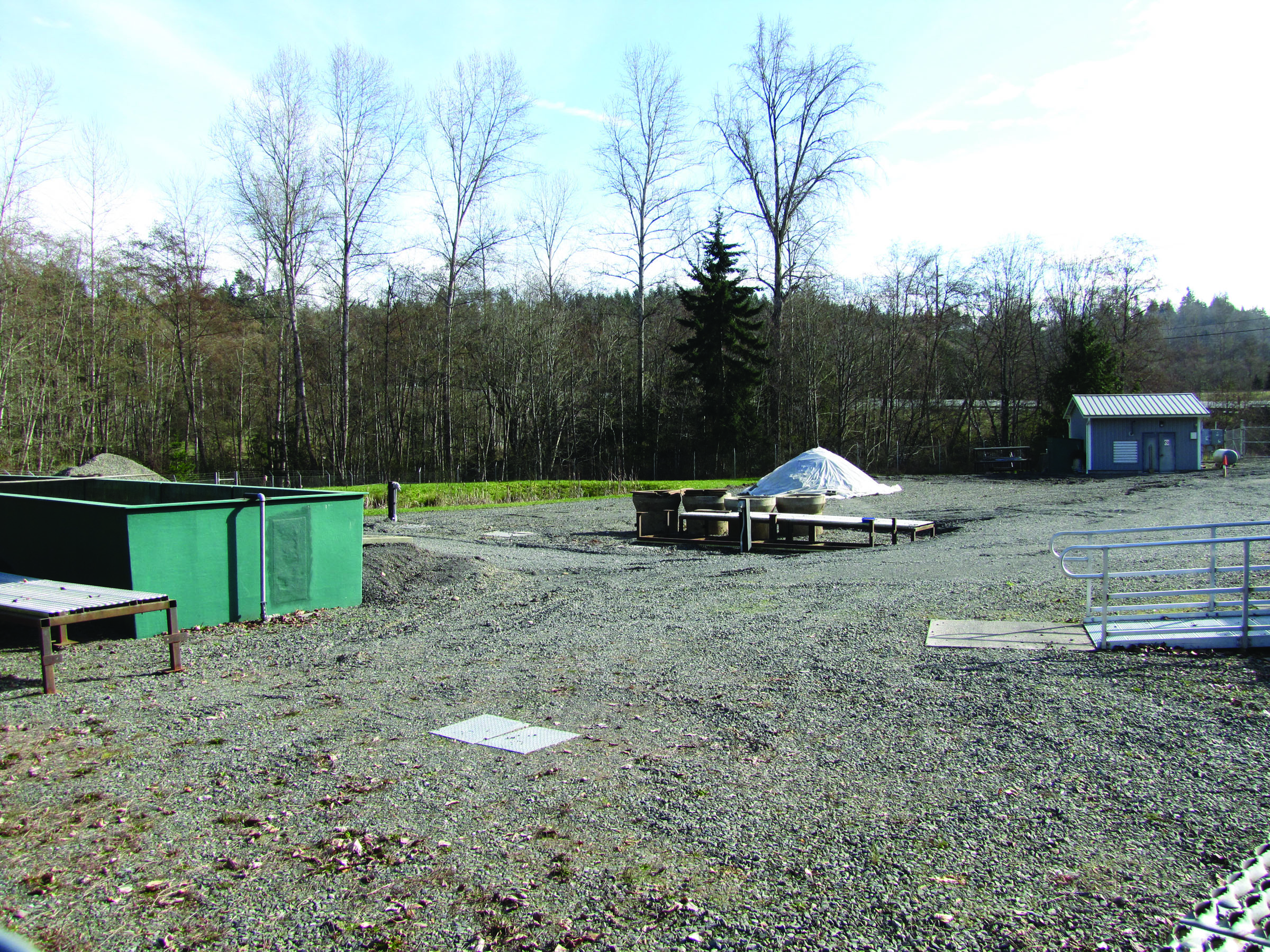PORT ANGELES — Rearing ponds at the Morse Creek fish hatchery have been moved to the watershed they were built to protect.
Four 100-foot-long, 10-foot-wide fiberglass raceways have been moved from the creek east of Port Angeles to the fish rearing channel on the Elwha River, state Department of Fish and Wildlife officials said Wednesday.
The raceways were installed on the west side of Morse Creek near U.S. Highway 101 bridge in 2010 to protect the threatened Elwha chinook from being wiped out by heavy sediment during the removal of the two Elwha River dams.
Now that the dams are gone, the ponds will help support the remaining salmon population in the free-flowing Elwha River when more sediment is released during storms.
No more fish are being released into Morse Creek.
“Morse Creek was kind of a safety net to see what was going to happen with the Elwha River,” said Rob Allen, a Fish and Wildlife manager.
“It certainly gave us peace of mind not to have all of our eggs in one basket.”
The $2.1 million Morse Creek facility was funded by the National Park Service as part of its $325 million effort to restore the Elwha River to its natural state.
The idea was to raise some Elwha River chinook in Morse Creek to preserve their genetic makeup should an extinction occur in the river.
The last remnants of the towering dams that blocked fish passage — Elwha and Glines Canyon dam — were gone by 2012 and 2014, respectively.
Salmon reappeared in the river above the former dam sites shortly after the antiquated masses were removed.
Decommission
“Now we’re taking steps to decommission the (Morse Creek) facility,” Allen said.
One 60-foot-long fiberglass raceway will be left at the hatchery site to hold captured adult chinook through 2019, Allen said.
The facility is scheduled to be decommissioned in 2020.
“We’re hoping to completely restore that Morse Creek area,” Allen said.
Much of the sediment trapped in the former Lake Mills and Lake Aldwell reservoirs has been carried downstream to form sandy beaches and change the estuary at the river mouth.
On recent surveys at the estuary, biologists and student interns spotted juvenile chinook, steelhead, chum, coho, adult and juvenile surf smelt and small forage fish.
During its operation, the Morse Creek hatchery siphoned some 2,000 gallons of water per minute from an intake near the Highway 101 bridge.
It was powered by the Clallam County Public Utility District.
________
Reporter Rob Ollikainen can be reached at 360-452-2345, ext. 56450, or at rollikainen@peninsuladailynews.com.

